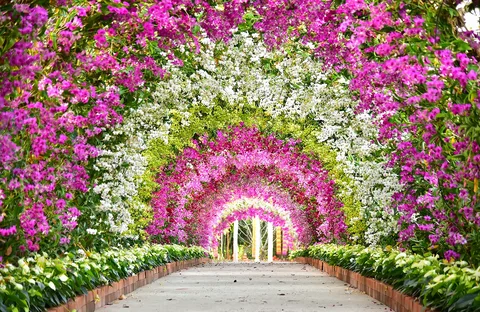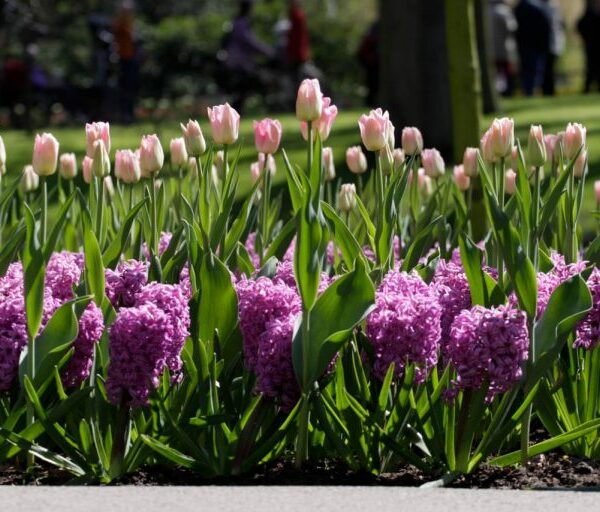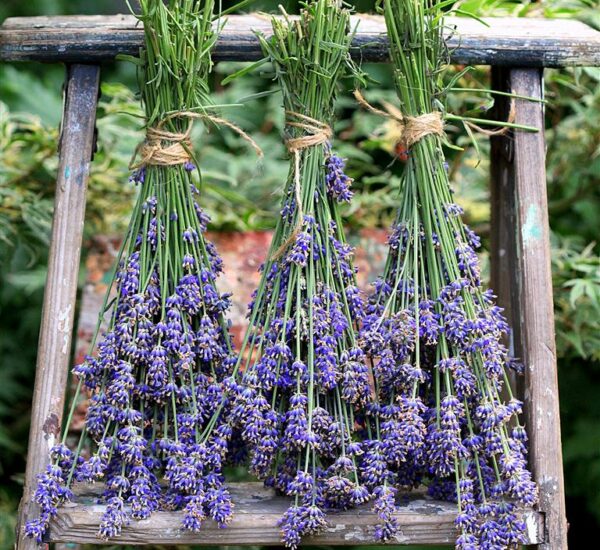Introduction to Passion Flowers
Passion flowers are known for their intricate and exotic blooms. They are native to tropical and subtropical regions and belong to the Passifloraceae family.
Selecting the Right Species and Varieties
Passion flowers come in a variety of species and cultivars. Choosing the right one for your location and preferences is crucial. Some popular species include Passiflora incarnata (maypop), Passiflora caerulea (blue passionflower), and Passiflora edulis (passion fruit).
Climate and Hardiness
Passion flowers are sensitive to cold temperatures. Consult the USDA Plant Hardiness Zone Map to determine if your region is suitable for growing passion flowers.
Planting Passion Flowers
Soil and Location
Choose well-draining soil with a slightly acidic to neutral pH (around 6.5). Passion flowers prefer full sun but can tolerate light shade.
Planting
Plant passion flowers in the spring when the soil has warmed up. Ensure proper spacing to allow for good air circulation.
Watering and Maintenance
Watering
Water your passion flowers regularly, keeping the soil consistently moist but not waterlogged. Reduce watering during the winter months.
Pruning
Prune passion flowers in the early spring to remove dead or damaged growth and to control their size. Pruning can also encourage better flowering.
Fertilizing
Fertilize your passion flowers with a balanced, slow-release fertilizer during the growing season, typically from spring to early autumn.
Climbing Support
Many passion flower species are vigorous climbers. Provide them with a trellis, arbor, or other support to help them climb and display their striking blooms.
Pest and Disease Control
Passion flowers can be susceptible to pests like aphids and caterpillars. Regular inspection and organic pest control methods can help keep these issues in check.
Pollination and Fruiting
Many passion flower species produce fruits, often called passion fruits. These fruits are attractive to pollinators, particularly bees and butterflies. If you desire fruit production, ensure proper pollination.
Conclusion
Growing passion flowers can be a rewarding experience, providing a burst of exotic beauty to your garden. By following these guidelines and consulting local horticultural experts, you can successfully cultivate and enjoy these unique and enchanting plants.
What are passion flowers, and what makes them unique in the world of gardening?
What is the ideal climate for growing passion flowers, and can they be cultivated in different regions?
How do I choose the right location in my garden for planting passion flowers?
What type of soil and soil pH do passion flowers prefer for optimal growth?
What is the best time to plant passion flowers, and should I start from seeds or cuttings?
What are the key care and maintenance practices required for healthy passion flower vines?
Do passion flowers need support or a trellis, and how should I provide it?
How long does it typically take for passion flowers to start blooming, and what do their blooms look like?
Are there any common pests or diseases that affect passion flowers, and how can I protect them?
Can I grow passion flowers indoors or in containers, or are they better suited to outdoor gardens?
- Rhode Island’s Favorite THC Infused Beverages - June 5, 2025
- THC Soda and Drink Options in Idaho - May 28, 2025
- Ohio’s Go-To THC Infused Beverages - May 28, 2025




